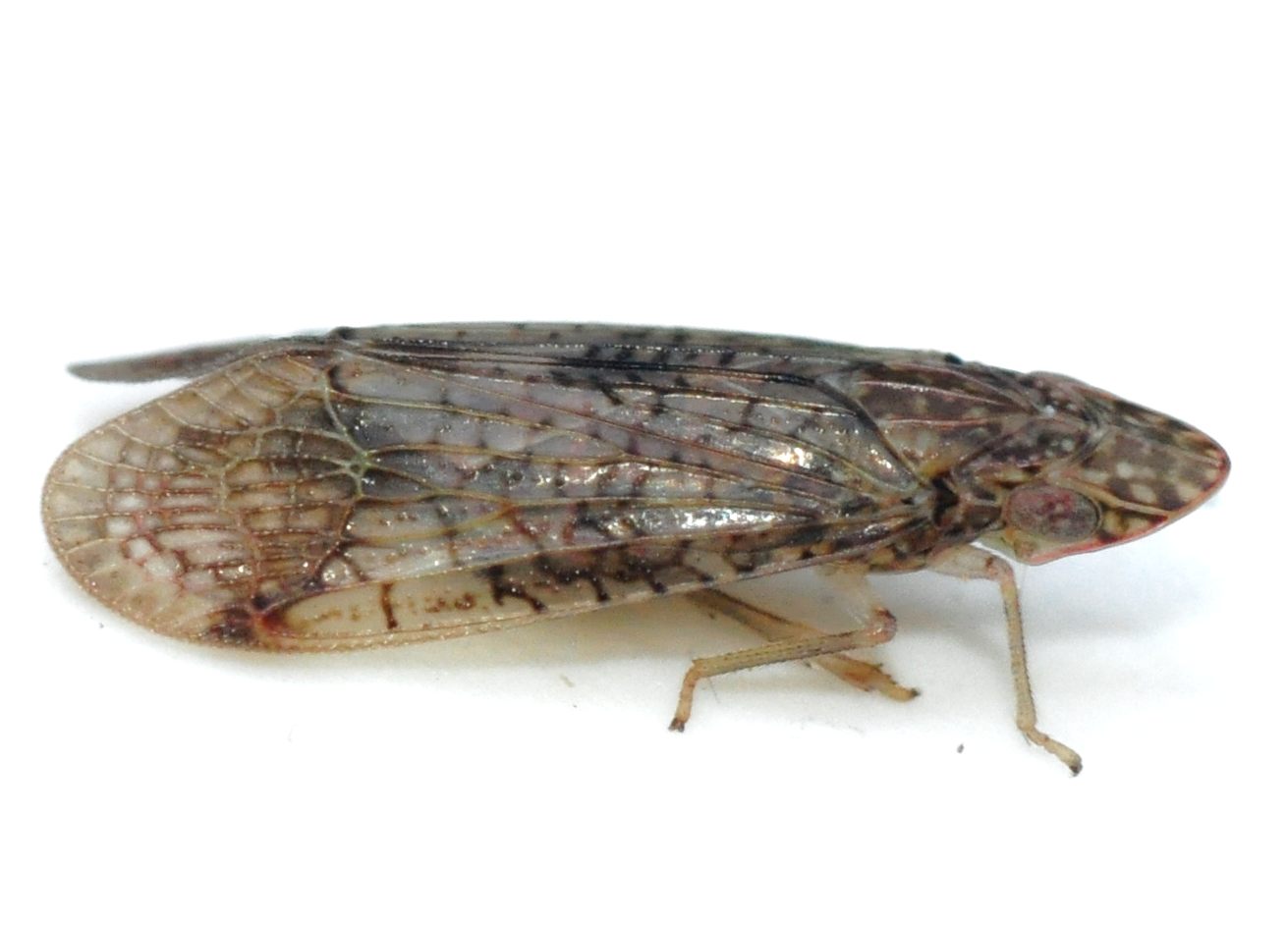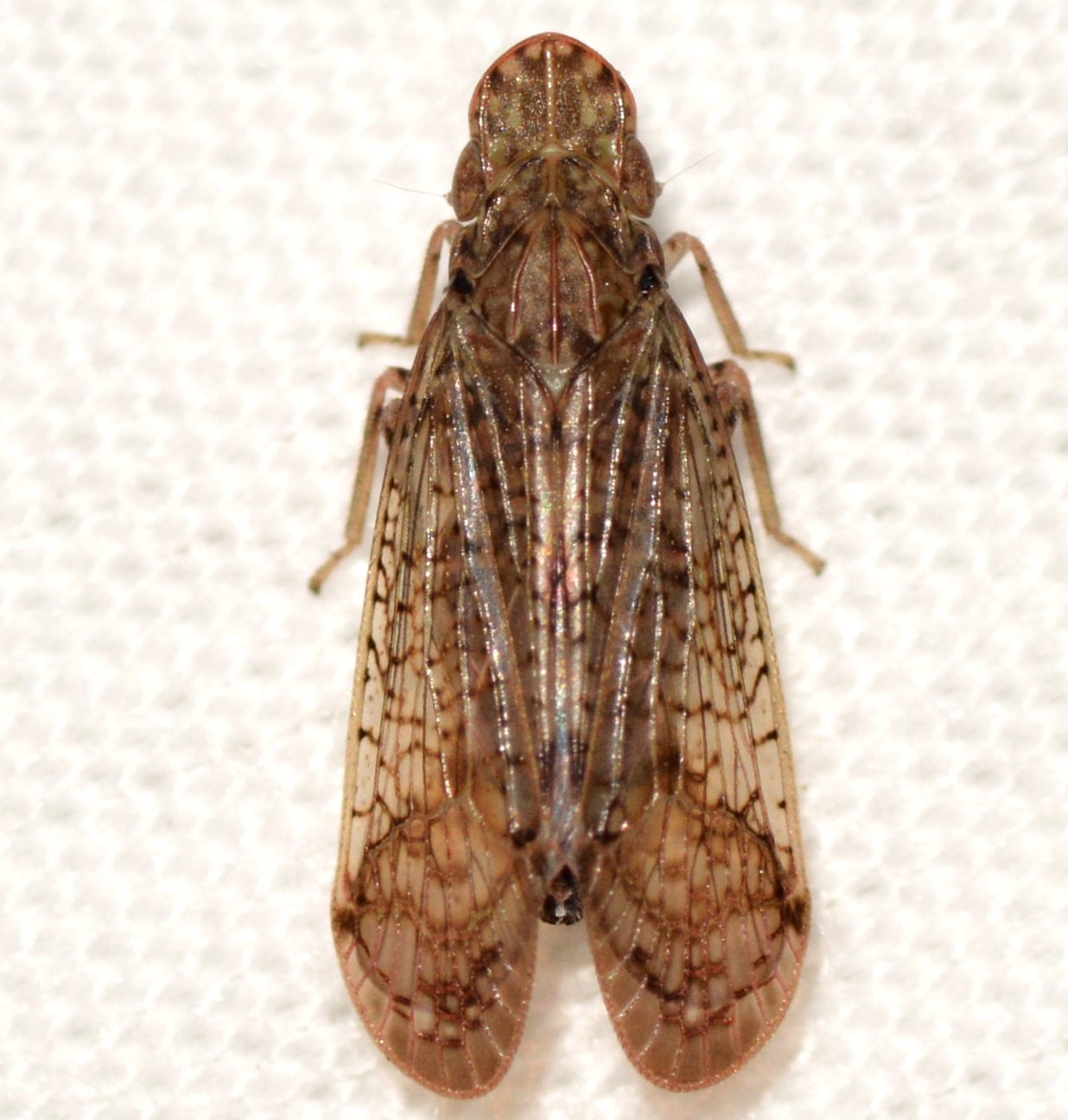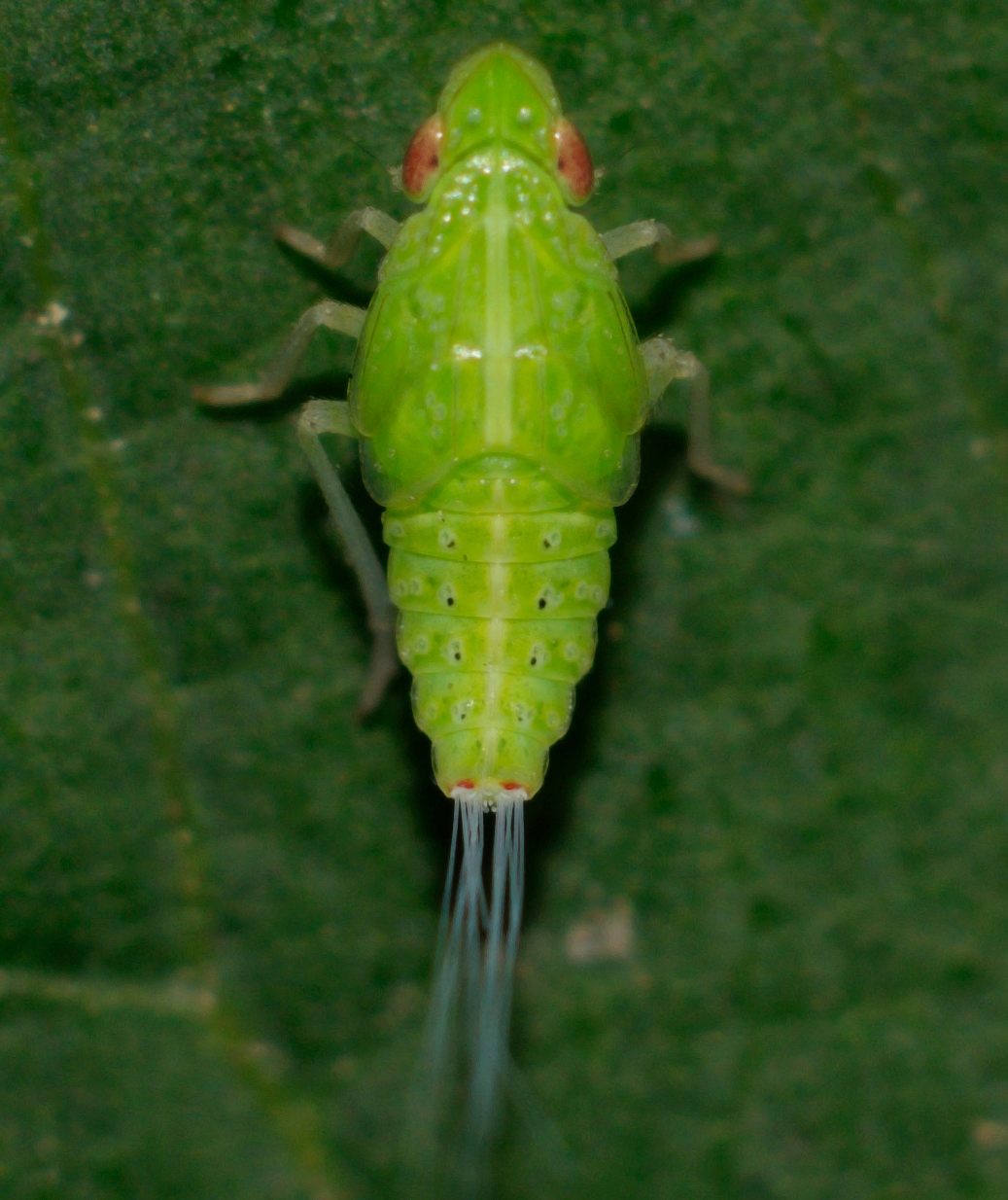| description |
A highly distinctive looking species, with a characteristic broad, flat head and bold wing venation that defines an oval area near the wing tips. This species is typically brownish in color, sometimes with rufous tints; the body itself has a very flattened appearance.
Nymphs of this species are also distinctive, also having a characteristic flat head. They can range in color from yellow to green, and have two bright red dots at the tip of the abdomen. Like many planthopper nymphs, there may be hairs extending from the tip of the abdomen: see here and here. For more information about nymphs of this species, see: Pelitropis. |
| plant associates |
Recorded from: Ilex (Aquifoliaceae), Baccharis halimifolia L. (Asteraceae), Elaeagnus multiflora Thunb. (Elaeagnaceae, cherry silverberry), Lyonia sp. (staggerbush), Rhododendron sp., Vaccinium corymbosum L. (highbush blueberry), Vaccinium sp. (Ericaceae), Quercus phellos L. (Fagaceae), Liquidambar styraciflua L. (Hamamelidaceae), Hypericum edisonianum (Small) P. Adams & N. Robson (Arcadian St. Johnswort, Clusiaceae [was Hypericaceae]), Persea borbonia (L.) Spreng. (redbay; Lauraceae), Myrica cerifera L. (wax myrtle, Myricaceae), Ligustrum amurense Carrière (Amur privet; Oleaceae), Coccoloba uvifera (L.) L. (seagrape, Polygonaceae), Prunus serotina Ehrh. (black cherr), Pyrus communis L. (common pear, Rosaceae), Ulmus alata Michx. (winged elm; Ulmaceae), Parthenocissus quinquefolia (L.) Planch. (Virginia creeper), Vitis rotundifolia Michx. (muscadine, Vitaceae) (UDEL) |
Species Photo Gallery for Pelitropis rotulata No Common Name |
 | Photo by: Kyle Kittelberger
Wake Co.
Comment: mixed hardwood forest habitat |  | Photo by: Kyle Kittelberger
Wake Co.
Comment: mixed hardwood forest habitat |
 | Photo by: Kyle Kittelberger
Wake Co.
Comment: mixed hardwood forest habitat | 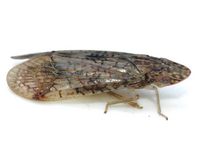 | Photo by: Kyle Kittelberger
Wake Co.
Comment: mixed hardwood forest habitat |
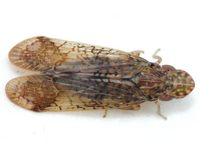 | Photo by: Kyle Kittelberger
Wake Co.
Comment: mixed hardwood forest habitat |  | Photo by: Kyle Kittelberger
Wake Co.
Comment: mixed hardwood forest habitat |
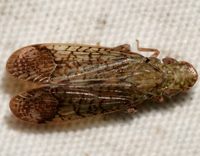 | Photo by: Kyle Kittelberger, Paul Scharf
Wake Co.
Comment: mixed hardwood forest habitat | 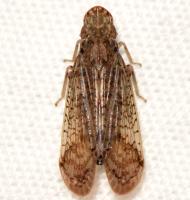 | Photo by: Kyle Kittelberger
Wake Co.
Comment: near mixed hardwood forest habitat |
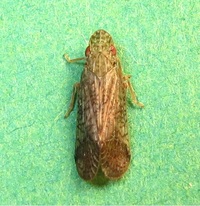 | Photo by: Ken Kneidel
Mecklenburg Co.
Comment: 8 mm |  | Photo by: Ken Kneidel
Mecklenburg Co.
Comment: 8 mm |
 | Photo by: Ken Kneidel
Mecklenburg Co.
Comment: 8 mm | 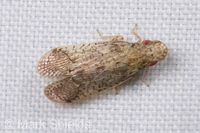 | Photo by: Mark Shields
Onslow Co.
Comment: |
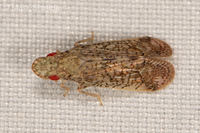 | Photo by: Mark Shields
Onslow Co.
Comment: | 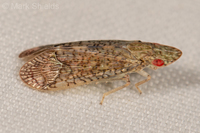 | Photo by: Mark Shields
Onslow Co.
Comment: |
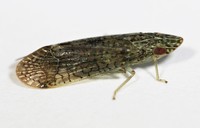 | Photo by: Rob Van Epps
Mecklenburg Co.
Comment: Came to UV light. Yard near woods. |  | Photo by: Rob Van Epps
Mecklenburg Co.
Comment: Came to UV light. Yard near woods. |
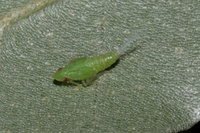 | Photo by: Scott Bolick
Forsyth Co.
Comment: | 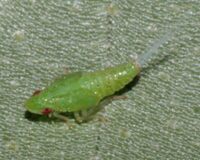 | Photo by: Scott Bolick
Forsyth Co.
Comment: |
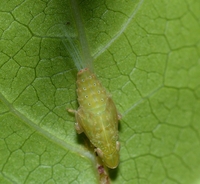 | Photo by: Margarita Lankford
Orange Co.
Comment: https://www.inaturalist.org/observations/54896029 | 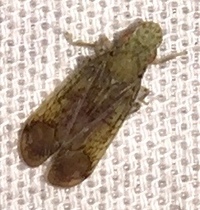 | Photo by: Ken Kneidel
Mecklenburg Co.
Comment: came to UV light at night |
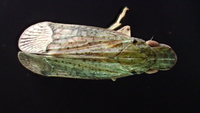 | Photo by: Erich Hofmann
New Hanover Co.
Comment: https://www.inaturalist.org/observations/58048188 | 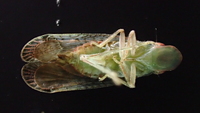 | Photo by: Erich Hofmann
New Hanover Co.
Comment: https://www.inaturalist.org/observations/58048188 |
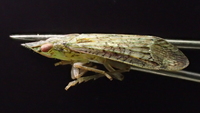 | Photo by: Erich Hofmann
New Hanover Co.
Comment: https://www.inaturalist.org/observations/58048188 |  | Photo by: Scott Bolick
Forsyth Co.
Comment: |
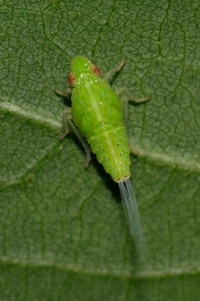 | Photo by: Scott Bolick
Forsyth Co.
Comment: | 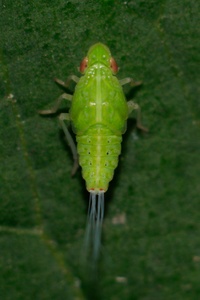 | Photo by: Scott Bolick
Forsyth Co.
Comment: |
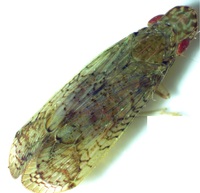 | Photo by: Ken Kneidel
Mecklenburg Co.
Comment: 8.5 mm, came to UV light at night | 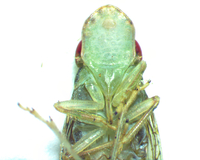 | Photo by: Ken Kneidel
Mecklenburg Co.
Comment: 8.5 mm, came to UV light at night |
 | Photo by: Ken Kneidel
Mecklenburg Co.
Comment: 8.5 mm, came to UV light at night |  | Photo by: Margarita Lankford
Orange Co.
Comment: https://www.inaturalist.org/observations/126008628 |
 | Photo by: Margarita Lankford
Orange Co.
Comment: https://www.inaturalist.org/observations/126008628 |  | Photo by: Rob Van Epps
Mecklenburg Co.
Comment: Attracted to porch light. Suburban yard near woods. |
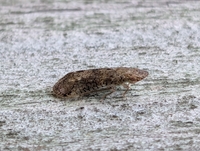 | Photo by: Erich Hofmann
New Hanover Co.
Comment: | 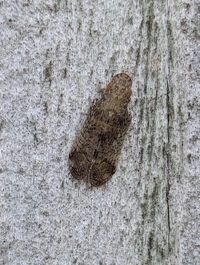 | Photo by: Erich Hofmann
New Hanover Co.
Comment: |
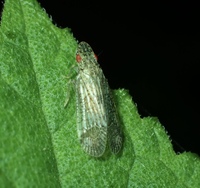 | Photo by: Kelli Ashby
Durham Co.
Comment: On leaf, some possible immature close by and ants |  | Photo by: Kelli Ashby
Durham Co.
Comment: On leaf, some possible immature close by and ants |
 | Photo by: Kelli Ashby
Durham Co.
Comment: On leaf, some possible immature close by and ants |  | Photo by: Erin Elizabeth Price-Erwin
Guilford Co.
Comment: Open area next to mixed hardwood forest |
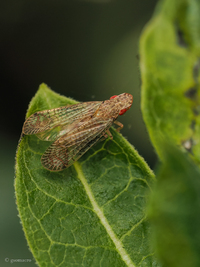 | Photo by: Erin Elizabeth Price-Erwin
Guilford Co.
Comment: Open area next to mixed hardwood forest | 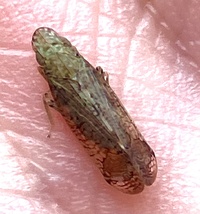 | Photo by: Ken Kneidel
Mecklenburg Co.
Comment: on the sill of a building window |
|

